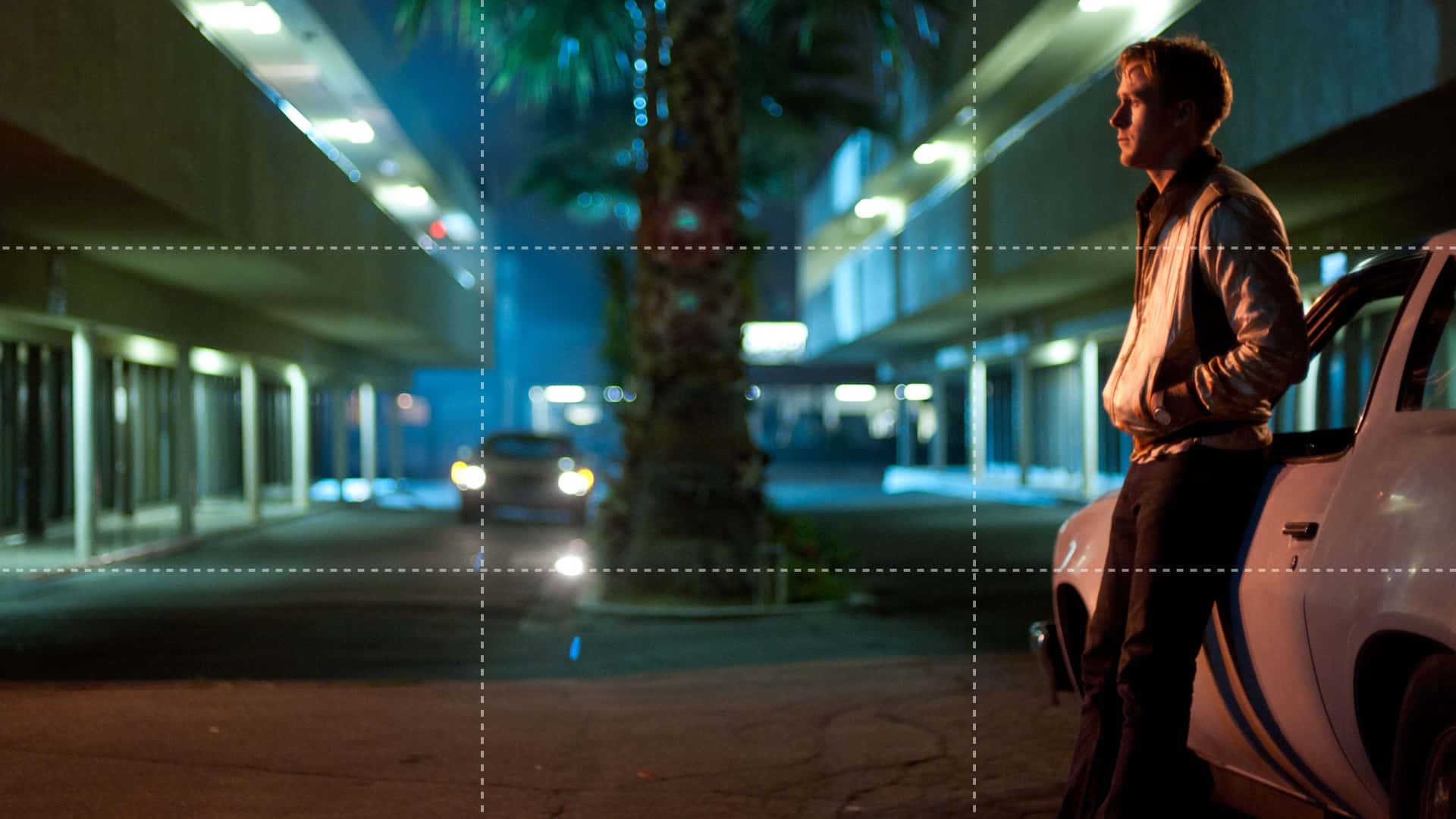Cinematic composition, lighting, and movement are all crucial elements in the creation of a compelling film. Each of these components plays a vital role in telling a story and evoking emotion in the audience. In this article, we will explore each of these aspects of filmmaking and provide examples and anecdotes to illustrate their importance.
Cinematic Composition
Cinematic composition refers to the arrangement of visual elements within a frame. This can include the positioning of characters, props, and the camera itself. The goal of cinematic composition is to create an aesthetically pleasing and meaningful image that helps to convey the story.
One of the most famous examples of effective cinematic composition is the shower scene from Alfred Hitchcock's "Psycho." In this scene, the placement of the camera, the use of close-ups, and the editing work together to create a sense of tension and fear. The rapid cutting between close-ups of the killer's knife, Marion's face, and the shower curtain creates a disorienting effect that heightens the suspense.
Another example of effective cinematic composition can be seen in the opening shot of Orson Welles' "Touch of Evil." This shot is a three-minute long take that follows a car as it travels through a town. The camera moves seamlessly between wide shots and close-ups, all while tracking the car's progress. This shot not only establishes the setting but also sets the tone for the film.
Cinematic Lighting
Cinematic lighting refers to the use of light to create mood and atmosphere in a film. Lighting can be used to create shadows, highlight specific areas of a frame, and create a sense of depth. The use of lighting can also help to convey emotion and add to the overall visual style of a film.
One of the most famous examples of effective cinematic lighting can be seen in Francis Ford Coppola's "The Godfather." The use of low-key lighting, with its deep shadows and sharp contrasts, creates a sense of foreboding and danger. This style of lighting is particularly effective in scenes where characters are making decisions that will have serious consequences.
Another example of effective cinematic lighting can be seen in Ridley Scott's "Blade Runner." The use of neon lighting creates a futuristic, dystopian atmosphere that helps to immerse the audience in the film's world. The use of backlighting, with its silhouettes and rim lighting, creates a sense of depth and adds to the film's visual style.
Cinematic Movement
Cinematic movement refers to the movement of the camera and the characters within a frame. Movement can be used to create a sense of action, to emphasize specific areas of a frame, and to convey emotion. The use of movement can also help to establish the spatial relationships between characters and objects within a scene.
One of the most famous examples of effective cinematic movement can be seen in Stanley Kubrick's "The Shining." The use of the Steadicam, a camera stabilizer, creates a sense of fluidity and movement as the camera follows Danny as he rides his tricycle through the halls of the Overlook Hotel. This shot not only establishes the setting but also creates a sense of tension and unease.
Another example of effective cinematic movement can be seen in Martin Scorsese's "Goodfellas." The use of a tracking shot as Henry and Karen enter the Copacabana nightclub creates a sense of excitement and anticipation. The camera follows the couple as they make their way through the club, emphasizing their importance and creating a sense of glamour and luxury.
Conclusion
Cinematic composition, lighting, and movement all work together to create a compelling and immersive film experience. Each of these elements can be used to convey emotion, establish setting and tone, and add to the overall visual style of a film. Effective use of these techniques can make a film memorable and impactful, as seen in the examples provided. As filmmakers continue to experiment and push the boundaries of these techniques, we can expect to see even more innovative and exciting uses of cinematic composition, lighting, and movement in the future.

Comments